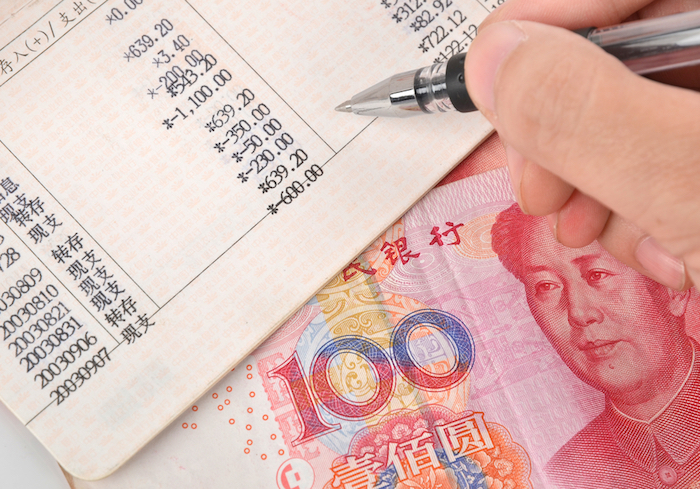
China’s current lending market is a complicated one. The nation’s State Council issued a statement earlier this month welcoming crowdfunding as a way to stimulate economic growth, while its P2P lending sector is among the world’s largest. But traditional banks’ disdain for the market, coupled with an anticipated 90 percent failure rate for new alternative lending platforms, makes China’s alt-finance sector anything but a guaranteed success.
Now, a new trend has complicated the alternative lending market even further. While new players have emerged in an effort to jumpstart the economy, China’s ongoing economic slowdown means alternative lenders and shadow bankers are instead lending to stock investors, a largely unregulated business.
The crackdown, reports said Thursday (June 25), could be to blame for a recent 13 percent drop in the Shanghai Composite Index. According to the Financial Times, it was the most dramatic weekly fall since the global financial crisis began in 2008.
Despite government support for some alternative lenders, some experts argue that the industry’s lack of regulation is both threatening to the economy and to the overall health of lending — especially for SMEs, which are often the target of shadow lenders.
Analysts at Moody’s, however, released a new opinion, also on Thursday, suggesting that despite the risks associated with shadow banking — including the potential for harm to spill over into the traditional and formal banking market — those risks are counteracted by the industry’s relatively small size compared to national GDP, as well as the likelihood of eventual regulation to protect investors and borrowers.
The conclusions were laid out in Moody’s latest presentation on the topic, “Comparing Shadow Banking in the West and China,” authored by Moody’s Managing Director and Chief Credit Officer APAC Michael Taylor.
“China’s shadow banks remain relatively small when compared to both formal banks, the country’s economy and compared to the shadow banking sectors in Western countries,” the analyst said. “This, combined with a high likelihood of policy support to avoid a credit crunch for the sector’s borrowers, reduces the overall level of risk.”
Moody’s estimated that China’s shadow banking market equals about 65 percent of China’s GDP, compared with 150 percent seen in the U.S. and 199 percent in the E.U.